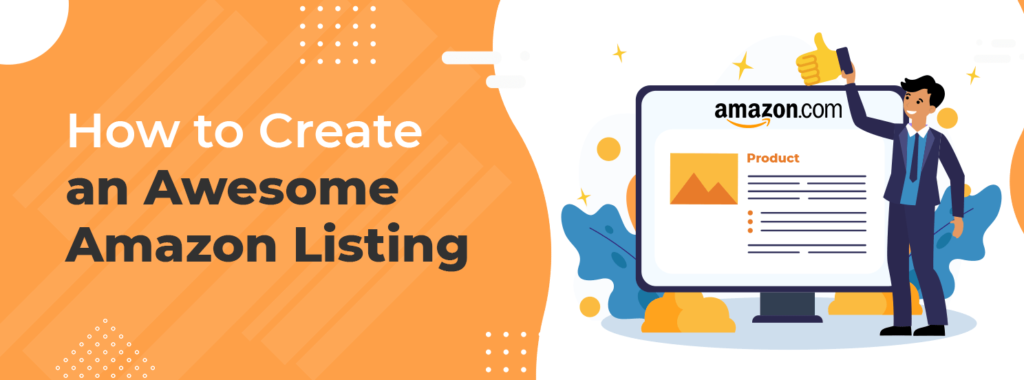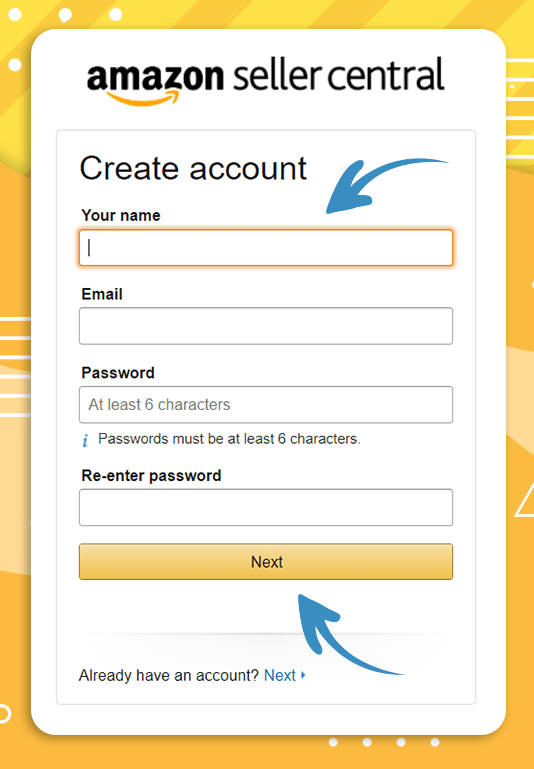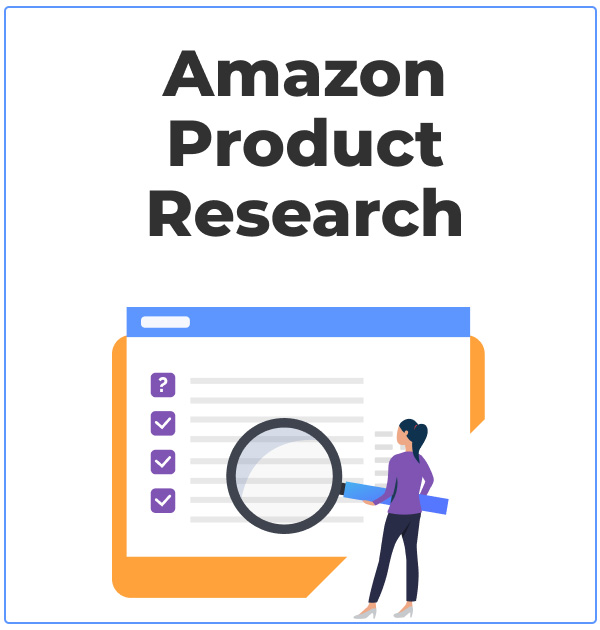
Amazon listing optimization & Creation :A Full Beginner's Guide
This guide will cover everything you need to know, regardless of whether you’re a first-time seller or simply want to make your current listings better.

What is an Amazon Listing?
An Amazon product listing is the product page customers see when they search, click, and (hopefully) buy. It’s your online salesperson—available 24/7.
Your listing includes:
Product title
Bullet points
Description
Product images
Price
Reviews
Keywords
Why Listing Optimization Matters
You could have the best product in your category—but if your listing is poorly written or hard to find, it won’t sell. Optimizing your listing:
- increases your visibility in the search results on Amazon
- Boosts your click-through rate (CTR)
- increases your rate of conversion (CVR)
- helps your product appear on Page 1 more quickly.

Detailed Instructions for Creating and Improving an Amazon Listing
Product Title:
Amazon’s algorithm reads your title, which is what customers see first. It must therefore be both customer-friendly and keyword-rich.
Tips:
Put the main keyword at the beginning Include brand name, product type, and key features Stay under 200 characters (depending on category)
Bullet Points (Key Product Features)
Amazon allows up to 5 bullet points. These are your chance to highlight what makes your product valuable. Structure: Each point starts with a benefit in ALL CAPS Followed by 1–2 lines of detail Use important secondary keywords naturally
Product Description
You could add more emotion and length to your description. Use it to address concerns, tell a story, or describe how the product resolves an issue.
Tips:
Break it into short paragraphs
Use HTML formatting if allowed (like
<br>for line breaks)Reinforce features with benefits

Keywords: Frontend & Backend
Frontend Keywords = In your title, bullets, and description
Backend Keywords = Hidden search terms added in the Seller Central dashboard
How to proceed:
- Use resources such as Helium 10, Jungle Scout, or Amazon’s own Search Terms report to conduct keyword research.
- Avoid duplicate words
- Don’t use commas or brand names in backend keywords
- Add misspellings or regional variations if needed
High-Quality Images
Visuals matter—customers often scroll straight to photos before reading a single word. So make sure your images tell your product’s story.
Amazon Image Guidelines:
First image: White background, full product shot
Size: Minimum 1000×1000 px for zoom
Use 7+ images if possible
Include:
Lifestyle shots (product in use)
Infographics showing features
Comparison images (e.g., size vs competitor)
Packaging or bundle photos
Pricing That Converts
Your price directly impacts CTR and conversions. Competitive pricing doesn’t always mean the lowest—position your product as a value option.
Consider:
Competitor pricing
Your product quality
Cost + Amazon fees
Promo strategies (coupons, lightning deals)
Use A+ Content (if eligible)
If you’re brand registered, don’t skip this. A+ Content lets you replace your description with beautiful visuals, charts, comparison tables, and rich branding.
It’s proven to:
Increase sales by 3–10%
Reduce return rates
Build trust

Listing Optimization Is Ongoing — Not One-and-Done
After your listing goes live, you should continue doing the following:
Monitor performance: Track impressions, CTR, and conversion rate to keep an eye on performance.
Update keywords: Use data from Amazon PPC or Helium 10
Split test titles/images: Try small changes and measure results
Answer customer questions: These help future buyers and boost SEO
Watch competitors: What are they changing? What can you improve?
Final remarks
Creating and optimizing listings is more than just a chore; it’s the first thing people see about your brand. A strong listing increases visibility, fosters trust, and boosts sales. Don’t rush the process, whether you’re launching your first product or updating an existing one.
Think of your listing as your storefront. Customers are more likely to enter and leave with a purchase if it is welcoming, understandable, and helpful.

FAQs
You can, indeed. Update only when you have solid data or a more effective keyword strategy, though, as frequent changes can affect ranking.
Look for poor pricing, poor keyword usage, or low-quality images. Use PPC to collect keyword data and traffic for optimization.
It is strongly advised. High-quality photos can greatly boost conversion and trust.
Every 30 to 60 days or following a significant sales shift, review it. Make updates based on actual data.
No. Over time, both Amazon's algorithm and consumer behavior evolve. Long-term success involves constant adjustment.
Amazon listing optimization, Amazon listing optimization, Amazon listing optimization, Amazon listing optimization, Amazon listing optimization, Amazon listing optimization, Amazon listing optimization, Amazon listing optimization, Amazon listing optimization, Amazon listing optimization, Amazon listing optimization,
Amazon listing optimization
How to optimize Amazon listings
Amazon product listing tips
Amazon FBA listing guide
Amazon SEO
Amazon seller tips
Amazon product page optimization
eCommerce product listings
Amazon ranking strategy
Beginner Amazon seller guide
Amazon listing creation
Improve Amazon sales
Amazon A+ content
Optimize product title on Amazon
Amazon bullet points tips


